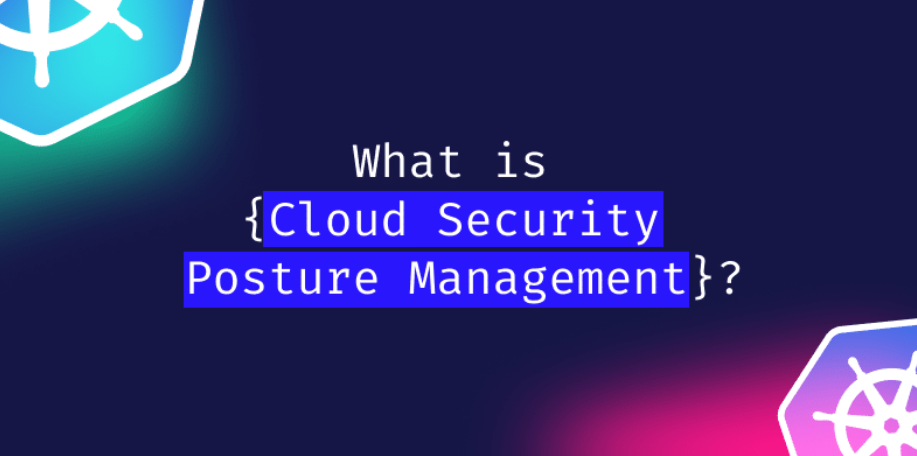The concept of the IoT started with a lesser-known story based at Carnegie Mellon University in the 1980s, where a group of researchers developed a soda machine. The researchers wanted to track the content of the machine remotely, which led to them modifying the machine by installing a board that was able to obtain the status of indicator lights that show whether the sodas were currently stocked or empty. The status of each column within the soda machine was checked a few times per second. If a light went from off to on to off again in a matter of seconds, they would know that a Coke had been purchased. If the light stayed on for more than five seconds, it was assumed that the column was empty. With this kind of logic, alongside other indicators, they were able to create what the world regards as the first IoT-based machine.
Despite this, it was not until the 21st century that IoT really took off, powered by the development of low-cost and low-power consumption microelectromechanical systems (MEMS) sensors. This trend toward energy efficiency was crucial, especially as many IoT devices are battery-powered and need to operate efficiently for extended periods, so more hardware and software optimizations were made to conserve more energy. Another significant push came from the widespread adoption of internet-connected smartphones. The popularity of IoT further skyrocketed with the launch of the Raspberry Pi and the release of the IPv6 protocol, and now we have billions of IoT devices around the world. With technologies such as 5G and edge computing, it is only expected to grow further, as we can see how the performance capabilities of IoT networks only increase further with the new additions that are put forward by innovations.
Over time, there have been evolutions of concepts that have overlaps and may have been thought to be the same as IoT but are different. The next section presents comparisons to three main concepts: the web of things, machine-to-machine, and cyber-physical systems.
IoT versus the Web of Things
The Web of Things (WoT) is based on the connection and interoperability of smart devices through utilizing web standards and protocols. It aims to enable seamless communication and integration between a myriad of devices and systems without differentiating their underlying platforms. This usually uses web APIs to allow access for devices to interact with each other. IoT is about the connected devices themselves, but WoT is about the web infrastructure that allows the devices to interact and interoperate with each other over the web.
